Topics
- Article
- Cycling
- Member Stories
Lionel Sanders’ Heart Rate, Strain, Sleep & Recovery Data from Ironman 70.3 Victory
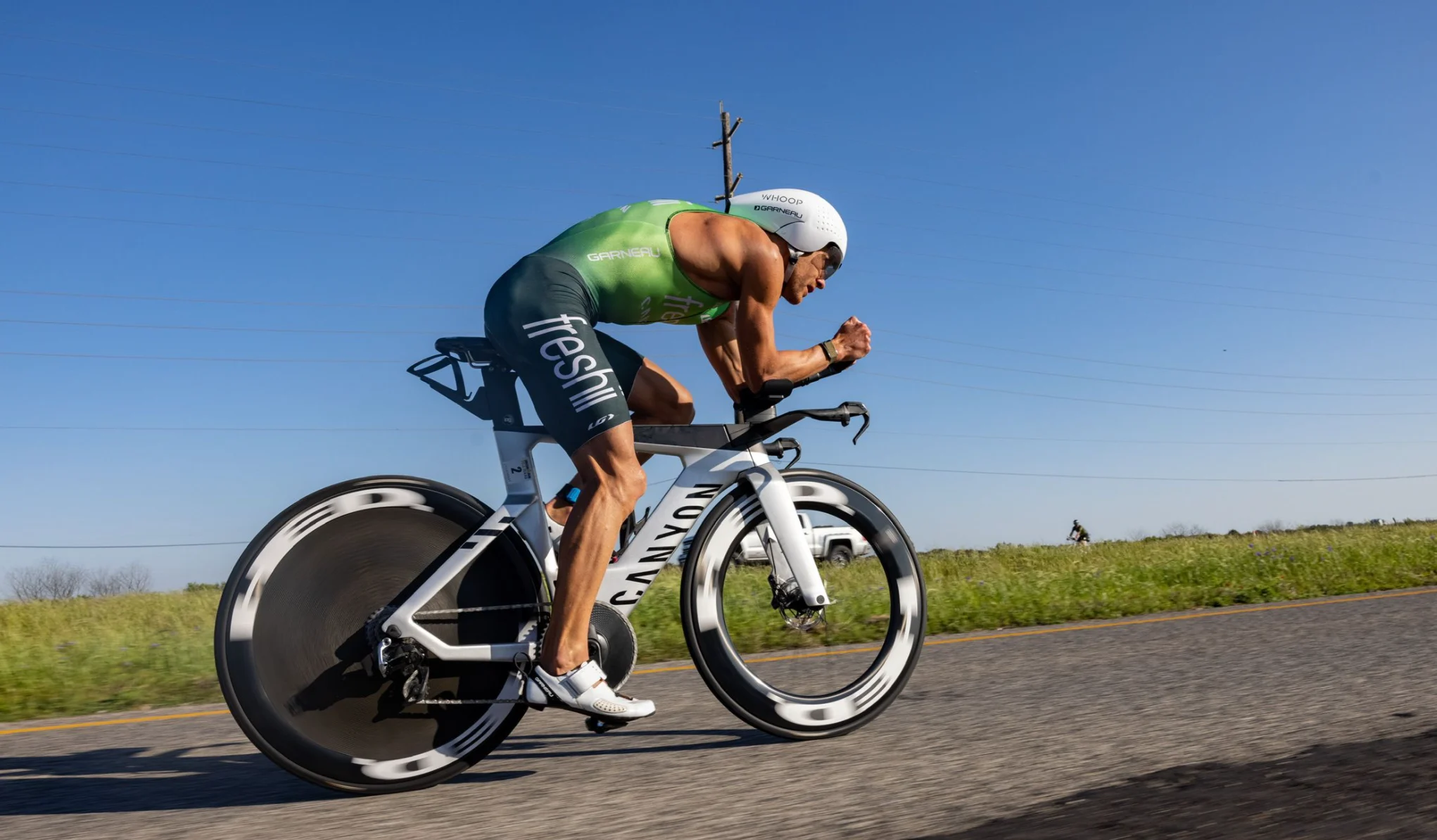
As we announce our partnership with pro triathlete Lionel Sanders, we also share the eye-catching biometric data behind his most recent win.
Lionel Sanders is one of the most accomplished triathletes on the planet. In 2016, he broke the Ironman world record during a victory in Arizona with a time of 7:44:29. The following year he won the ITU Long Course World Championship and finished second at the Ironman World Championship in Kona, Hawaii. In total, Lionel is a 4-time Ironman winner and a 27-time Ironman 70.3 champion. At 33 years old, he’s at a point in his career where things like recovery and sleep are more valuable than ever. Lionel has been able to brute force his way to countless wins and podium finishes, but now it’s more about efficiency, properly handling training capacity, and peaking when it matters most. He’s always had a data-driven approach and trained in the ballpark of 30 hours per week. Lionel has also kept a very active race schedule over the years, so the miles and training load have really piled up. WHOOP is proud to partner with Lionel and be the data source he’s ignored, or simply pushed through in the past. As accomplished as he is, he’s more motivated than ever before.
Training by way of brute force has made him one of the greatest, but after years of rigorous competition, Lionel Sanders now sees that training strategically with WHOOP data is how he’ll stay on top.
Learn more: https://t.co/QgnCg4cG3z #KnowYourself pic.twitter.com/zWvYUrK0pM — WHOOP (@whoop) May 1, 2021
Data from Ironman Texas 70.3
Last month, on Sunday, April 11, Lionel won the Ironman 70.3 Texas, finishing with a time of 3:42:01. He spent 26:36 in the water (1.2-mile swim), 2:01:44 on the bike (56 miles), and 1:10:52 running (13.1 miles). In a video from his YouTube channel focusing on his training for the race, Lionel was asked “How important is sleep for an athlete?” “Sleep is the most important thing,” he said. “Training and sleep are the two most important things, obviously. I don’t think people appreciate how much sleep can change you for the better.” Below is a detailed breakdown of Lionel’s sleep for the week leading up to his victory in Texas. You can see he averaged just shy of eight hours per night in bed:
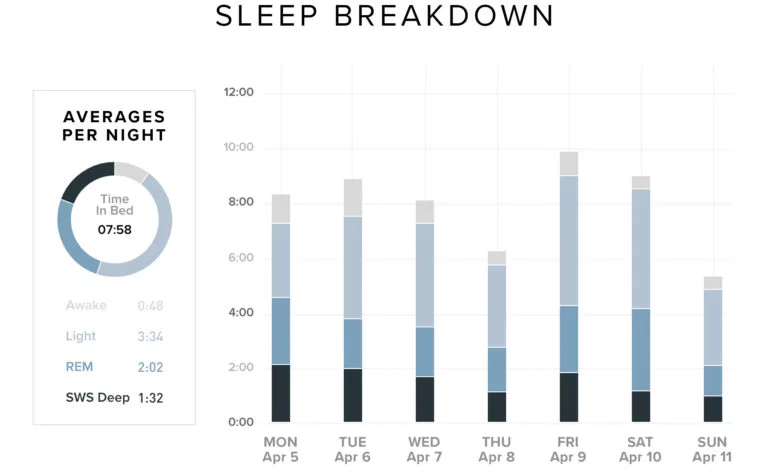
The two days preceding the race, Lionel awoke having slept for 8 hours and 59 minutes and then 8:30. In particular, he got an outstanding amount of restorative REM sleep, with 2 hours and 27 minutes of REM Thursday night followed by 2:59 Friday. He was only able to sleep for 4:52 the night before competing, but that was due to his 4:30 am wake-up time for a 6:45 am start. Lionel kept his strain and recovery fairly balanced in the weeks leading up to the Texas 70.3. He also stayed primarily in the green, with an 11-day stretch where his recovery never dipped below 64%. The two days prior to competition it hit 95% and 93%.
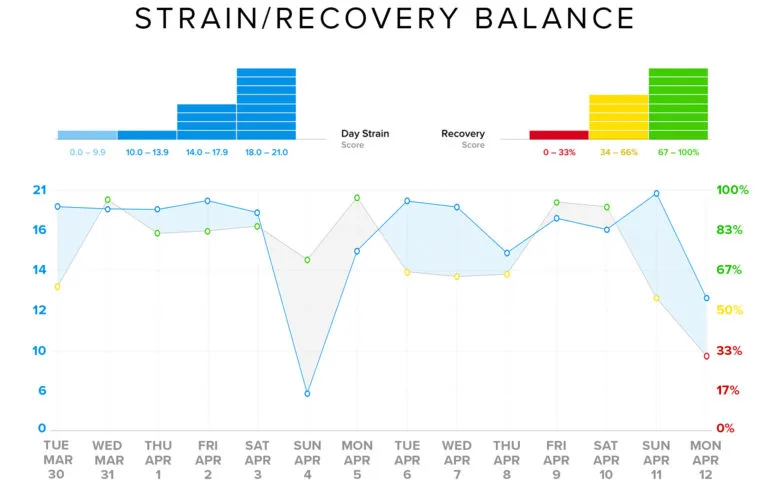
His short sleep the night before dropped Lionel’s race-day recovery down to 55%, but his body was still primed for a championship performance. Lionel’s heart rate variability (HRV) had been trending positively for the month heading into the race:
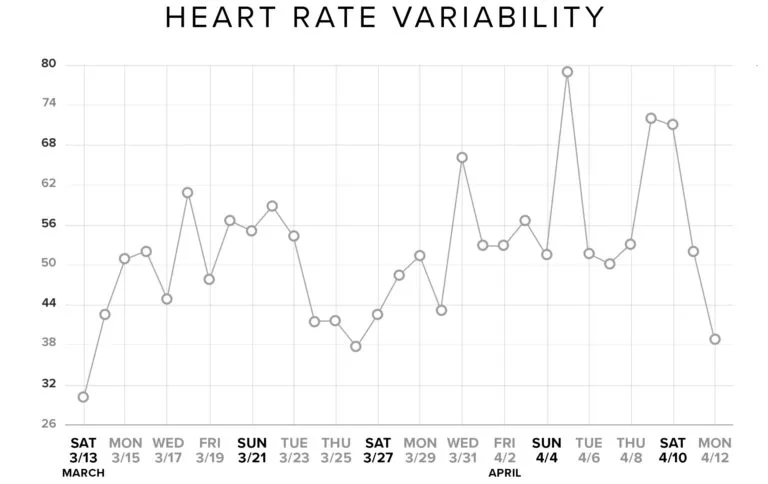
His resting heart rate (RHR) was improving as well, dropping to just 43 beats per minute on race day, it’s lowest point of the week:
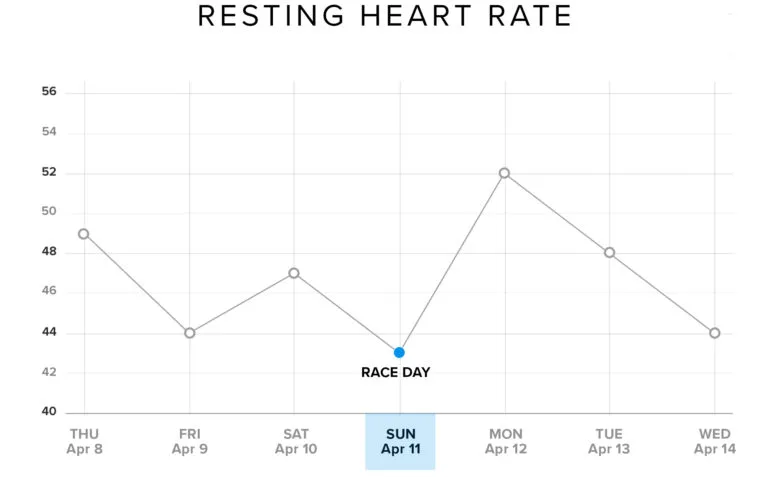
During the 3 hours and 42 minutes Lionel was competing that day, he logged a WHOOP activity strain of 20.3 (on a 0-21 scale). His total day strain was 20.6, and he burned 5,052 calories.
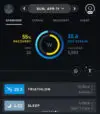
This massive effort led to Lionel’s first red recovery in over a month on the Monday after his victory (31%). It also knocked his HRV down to 39 milliseconds (it had been in the low 70s) and caused his RHR to spike from 43 bpm to 52 (see charts above for all three metrics). Lionel took a well deserved break that day and didn’t log any activities in the WHOOP app. However, on Tuesday his day strain was back to 20.3, including a run of 17.1 and a swim of 16.1. His next triathlon was just 18 days away. Feature Image Credit: Talbot Cox